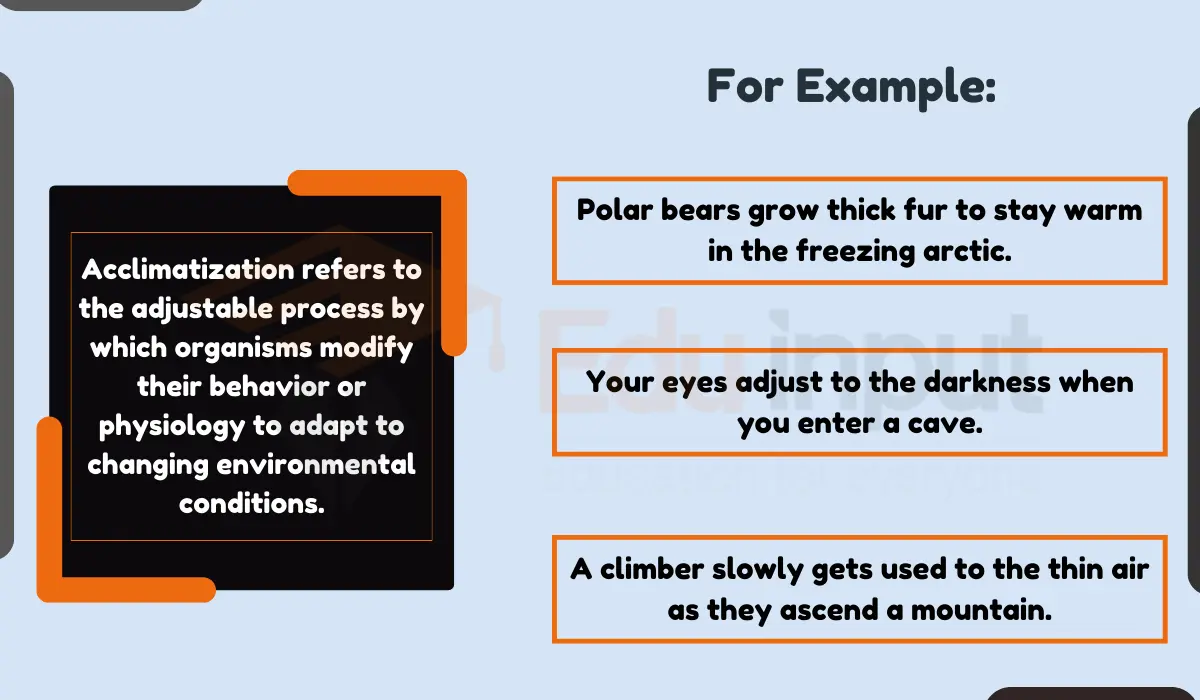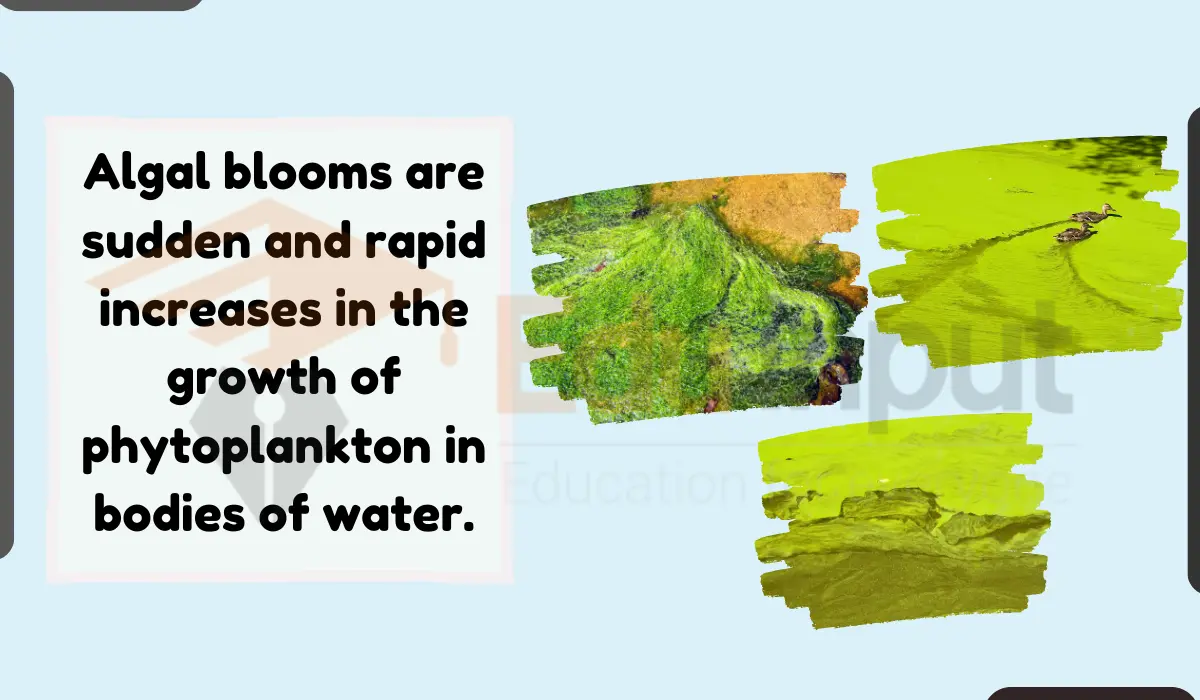Invasive Species-Characteristics, Causes, Impacts, and Solutions
Invasive Species Definition
An invasive specie is a non-native organism that spreads rapidly and causes harm to the environment, the economy, or human health. Invasive species can be plants, animals, insects, fungi, or even microbes.

Characteristics
Invasive species often share characteristics that allow them to spread rapidly. Even a small number of individuals can found a swiftly growing population.
Here are the main 6 Characteristics of invasive species
- High reproductive rates
- Rapid growth and maturity
- Ability to adapt to varied habitats
- Lack of natural predators/diseases
- Aggressive competition with native species
- Tolerance for environmental conditions.
These traits enable invasive species to establish quickly and outcompete native flora and fauna. Even a small number of individuals can found a swiftly growing population.
Causes of invasive species
Human transportation of goods and organisms is the primary pathway for the introduction of invasive species.
1. International trade
Ships and airplanes transport goods all over the world, and invasive species can hitchhike on these goods. For example, insects can hide in packaging materials, and aquatic organisms can live in ballast water.
2. Pet trade
The pet trade is another way that invasive species can be introduced to new areas. For example, the green iguana is a popular pet, but it is also an invasive species in many parts of the world.
3. Travel and tourism
People can also transport invasive species in their luggage, vehicles, and gear. For example, a tourist might bring home a plant from their vacation, not realizing that it is an invasive species.
4. Horticulture
Horticulture imports exotic plants, some of which escape cultivation. For example, kudzu is a vine that was imported to the United States as a forage crop, but it has now become an invasive species that is choking out native plants.
5. Habitat disturbance
Habitat disturbance from construction, forestry, and agriculture can create openings for invasive species to establish themselves.
For example, the emerald ash borer is a beetle that was introduced to North America in the 1990s. It has killed millions of ash trees, which are now more susceptible to attack by the beetle because of habitat disturbance from logging and development.
Effects of invasive species
Invasive species can harm native ecosystems and economies, even a single one can cause irreversible damage.
Here are the main harms an invasive specie can cause to an ecosystem:
- Invasive species can cause a lot of damage to native ecosystems.
- They can outcompete native species for food and habitat.
- They can disrupt food webs, nutrient cycling, and habitat structure.
- They can damage agriculture, infrastructure, and recreational sites.
- They can transmit new diseases to wildlife, crops, livestock, and humans.
- Even a single invasive species introduction can cause a lot of damage to an ecosystem.
- Invasive species can disrupt the complex relationships between native plants and animals.
How do invasive species affect biodiversity?
Invasive species harm native ecosystems and biodiversity by (
- Competing with native species for food, water, light, and shelter.
- Predating on native species.
- Introducing new diseases to native species.
- Hybridizing with native species and changing their gene pool.
- Changing the habitat conditions that native species need to survive.
For example, an invasive plant might grow very quickly and take up all the space, so the native plants can’t get enough sunlight or water. Or, an invasive animal might eat all the native animals’ food. This can cause the native species to die out, which reduces the diversity of the ecosystem.
Invasive species can also introduce new diseases to native species. This is because the native species have never been exposed to these diseases before and don’t have any defenses against them. This can lead to mass deaths of native species.
Invasive species can also change the environment in ways that are harmful to native species. For example, they might change the soil chemistry or the water temperature. This can make it difficult for native species to survive.
All of these things can lead to population declines and extinctions of native species, which reduces the diversity of the ecosystem.
Invasive species examples animals
- Burmese python (Florida Everglades, southern Georgia)
- Cane toad (Australia, New Guinea, Mariana Islands, other Pacific islands)
- Asian carp (North American waterways, including the Mississippi River basin, Great Lakes, and many other rivers and lakes)
- European starling (North America, South America, Australia, New Zealand, and other parts of the world)
- Japanese beetle (United States, Canada, parts of Europe)
- Zebra mussel (Great Lakes region, other parts of North America, Europe, Asia)
- Brown tree snake (Guam, other Pacific islands)
- Feral hog (North America, Australia, New Zealand, Europe, and other parts of the world)
- Lionfish (Caribbean Sea, Atlantic Ocean, Gulf of Mexico, Mediterranean Sea, Red Sea)
- Nutria (North America, Europe, Asia, South America)
- Spotted lanternfly (Northeastern US, parts of Europe)
- Northern snakehead (Eastern US, parts of Asia)
- Asian long-horned beetle ( North America, Europe, Asia
- Emerald ash borer (North America)
- Hemlock woolly adelgid ( Eastern US)
- Rusty crayfish (North America
- Wild boar (North America, Australia, New Zealand, Europe, Asia, South America)
- Sirex woodwasp (North America, Southern Hemisphere, including Australia, New Zealand, and South America)
- Small Indian mongoose (Hawaii, Adriatic and Aegean Islands, Caribbean islands, and other parts of the world)
- Asian giant hornet (North America, parts of Asia)
Invasive species solutions
Here are 6 strategies to combat invasive species include:
- Risk assessment to identify and prioritize potential invasives before introduction
- Restriction of importation through permits, bans, inspections, and quarantines
- Early detection monitoring and rapid response to eradicate new invasions
- Control methods like mechanical removal, biocontrol agents, pesticides
- Habitat restoration to favor native species over invasives
- Public education to build support for prevention and control
We can prevent future invasions by carefully checking species before we bring them into a new area. If we find an invasive species early, we can quickly get rid of it before it spreads and causes a lot of damage. It is much cheaper to get rid of a small invasive population than to try to control a large one.
Major Invasive Species in California
Here is a list of major invasive species in California:
Plants
- Arundo donax (giant reed)
- Atriplex semibaccata (Australian saltbush)
- Centaurea solstitialis (yellow starthistle)
- Ehrharta calycina (veldt grass)
- Eichhornia crassipes (water hyacinth)
- Hedera helix (English ivy)
- Myriophyllum aquaticum (parrot feather)
- Pennisetum setaceum (fountain grass)
- Schinus molle (Peruvian pepper tree)
- Tamarix ramosissima (salt cedar)
Animals
- Argopecten purpuratus (purple-hinge rock scallop)
- Austrocochlea constricta (Australian mudsnail)
- Carcinus maenas (European green crab)
- Gammarus pulex (flea shrimp)
- Myxobolus cerebralis (whirling disease parasite)
- Rattus norvegicus (brown rat)
- Sus scrofa (feral hog)
- Adelges tsugae (hemlock woolly adelgid)
- Pomacea canaliculata (channeled apple snail)
- Potamocorbula amurensis (Asian clam)
Major Invasive Species in Florida
Here is a list of some major invasive species found in Florida:
Plants
- Brazilian pepper (Schinus terebinthifolius)
- Melaleuca (Melaleuca quinquenervia)
- Australian pine (Casuarina equisetifolia)
- Mexican petunia (Ruellia simple x)
- Air potato (Dioscorea bulbifera)
- Torpedograss (Panicum repens)
- Hydrilla (Hydrilla verticillata)
- Cogon grass (Imperata cylindrica)
Insects
- Asian citrus psyllid (Diaphorina citri)
- Red imported fire ant (Solenopsis invicta)
- Lobate lac scale (Paratachardina lobata)
Fish
- Lionfish (Pterois volitans)
- Walking catfish (Clarias batrachus)
- Mayan cichlid (Cichlasoma urophthalmus)
Reptiles
- Burmese python (Python molurus bivittatus)
- Green iguana (Iguana iguana)
- Brown anole (Anolis sagrei)
- Cuban treefrog (Osteopilus septentrionalis)
Mammals
- Rhesus macaque (Macaca mulatta)
- Nine-banded armadillo (Dasypus novemcinctus)
- Coyote (Canis latrans)
- Feral pig (Sus scrofa)
Why are invasive species a problem?
Invasive species are a big problem because they can grow very quickly and spread to new places easily. They don’t have any natural enemies to control their populations, so they can quickly become very numerous.
Invasive species can damage the environment by competing with native plants and animals for food and space, eating native species, spreading diseases, and changing the habitat. This can lead to the extinction of native species and disrupt the balance of the ecosystem.
Invasive species can also cause a lot of economic damage by destroying crops, damaging infrastructure, and costing money to control. Some invasive species can also transmit diseases to wild animals, crops, livestock, and humans because people and animals have not had a chance to develop immunity to these diseases.
How do invasive species affect ecosystems?
Invasive species affect ecosystems by:
- Altering nutrient cycles and resource availability
- Changing habitat structure such as vegetation, water flow, soil composition, and fire patterns
- Shifting food web dynamics through imbalanced predation, grazing, or foraging
- Introducing foreign diseases to which native species lack immunity
- Disrupting plant-animal mutualisms like pollination and seed dispersal
Once an invasive species has changed the environment, it can be very difficult to reverse the damage. This is because the invasive species is now well-established and it is hard to get rid of it.
Refrences:
https://www.annualreviews.org/doi/abs/10.1146/annurev.ecolsys.32.081501.114037
https://www.cell.com/trends/ecology-evolution/fulltext/S0169-5347(05)00004-2
https://www.nature.com/articles/s41559-022-01931-8

 written by
written by 




Leave a Reply